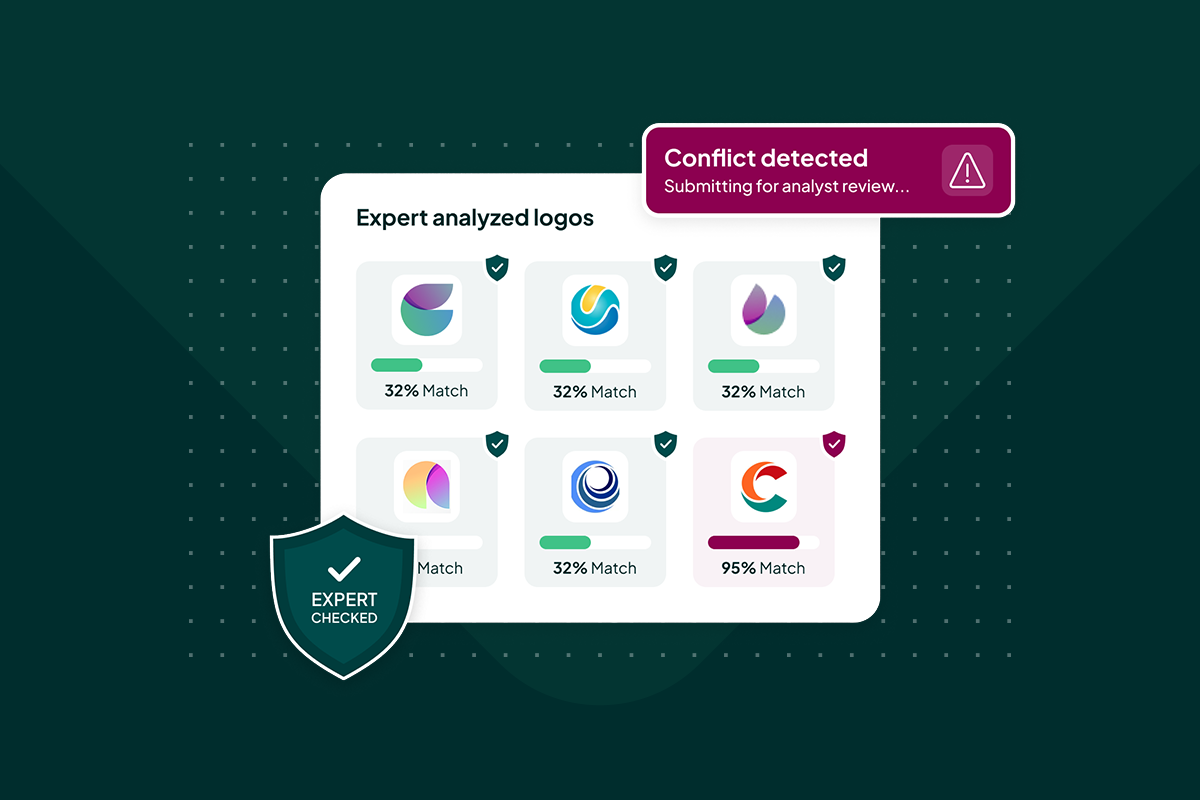Blog
Brand Protection Survey: Outlook for 2021
- Brand Protection

As the world starts to look beyond the pandemic, Brand Protection teams are placing collaboration between functions such as Legal, Marketing & Ecommerce at the center of strategies for 2021.
In a recent two-part survey, we asked the INSYNC Community about the challenges they faced in 2020 and changes to the way they operated.
In the second part of the survey, we posed questions on how teams will approach Brand Protection in 2021. Our survey data shows that many brands are moving beyond just anti-counterfeiting to build strategies to protect every digital consumer touchpoint – and reacting to the rise of new platforms and the growth in social commerce.
Aside from internal considerations, platforms will be a key focus for the Community in 2021. In a year where the tech giants will be under increased regulatory focus in multiple geographies due to the massive growth of their influence over society, there is a real opportunity to drive change in the way that platforms work with brands to protect consumers – and collaboration will be key to taking advantage of these trends.
1. 2021 Brand Protection Goals
With shifting priorities and a fast-moving online environment, we asked the INSYNC Community for their teams’ Brand Protection goals in 2021.
- Protecting intellectual property understandably remains as a core goal – however, protecting consumer trust (a value held close by marketing teams) was also cited by almost a third of respondents.

- Protecting consumer trust & safety are viewed as two critical priorities that drive long term business performance – with nearly half of respondents citing one of these as a key goal.
- This increased strategic focus on the consumer is helping drive engagement beyond the legal function. With trust & authenticity being a key focuses for marketers, positioning the impact of brand protection in these terms appears an effective method to drive cross-functional engagement – and could be the key to unlocking shared budgets -with consumers holding brands responsible for protecting them from threats.
Recent Corsearch research found that consumers overwhelmingly believe that brands are responsible for protecting them online:


Figure 3: Corsearch Consumer Research: The 5th P of Marketing (Dec, 2020)
2. Strategic priorities for 2021

1. Increasing collaboration internally
Despite, or perhaps because of, the changing threat landscape, the number one strategic priority for 2021 is increasing collaboration internally – with 64% citing this as a priority. Brands who have succeeded in building cross-functional collaboration typically see increased awareness of the role protecting brand can play in business success – ensuring alignment with business goals and in many cases easing budget constraints.
2. Monitoring new platforms or digital channels
In 2020, the platform landscape continued to evolve, with rapid user growth driving increased focus on platforms like Pinduoduo or Tiktok, and the rise of social commerce meaning brands need to be ready to adapt their strategies rapidly. However, in a world with constrained budgets, brands will need to continue to prioritize the key channels that matter to their business and consumers.
3. Addressing new online threats
The accelerated shift online in 2020 has driven many brands to re-appraise their focus – moving beyond IP infringement and counterfeiting to address broader threats to the online consumer relationship, from negative association to price gouging.
4. Shifting focus from offline to online protection
As brands respond to the increased importance of their digital consumer relationships and growing threats – often in the context of constrained resources – shifting focus from offline to online was cited as a priority by 36% of respondents. Whilst for some this means shifting budgets, for others the focus will be better leveraging online intelligence to drive the efficiency of their offline operations.
While the threat landscape facing each brand will be different, the transformation driven by COVID should drive all teams to review their strategies to ensure the most effective use of their resources to protect their brand and consumers.
3. Platforms: a key focus for 2021
Following high-profile action taken by platforms against then-President Trump, tech giants are once again under the microscope for the role they play in facilitating prohibited and harmful content.
Law makers are increasingly moving towards increased regulation for social media platforms, deeming them to be publishers rather than mere platforms that host third-party content.
Any changes to the regulatory landscape are likely to have far reaching consequences for the Brand Protection community – potentially making it easier for brands to have infringing content removed.
- 1. Survey respondents cited a range of challenges that will be familiar to brand protection experts – from managing constrained budgets and the need to prioritize, to improved engagement with enforcement agencies or adopting the right enforcement strategy to deliver impact and avoid playing whack a mole.
- 2. However, the most common theme was around the policies and working practices of platforms, where many respondents cited continued challenges in protecting their consumers. Though 2020 saw improvements in some areas – for instance proactive enforcement of COVID-related issues – the policies and responsiveness of platforms remains a critical step in the journey to protecting consumers online. Improvements across five key areas were highlighted on the 2021 wish lists from the INSYNC community:
a. Improved responsiveness to takedown notices
b. Increased penalties for repeat offenders
c. Improved working relationships with platforms in APAC
d. Improved data sharing of bad actor intelligence
e. Proactive monitoring & protection from platforms
- 3. 2021 will see significant regulatory focus on platforms across multiple geographies – from anti-trust cases in the US and EU to broad-focused reviews of the online space such as the Digital Services Act in the EU or the UK’s Online Harms review. Whilst a number of initiatives such as the Shop Safe Act in the US focus purely on Brand Protection issues, it is critical that the community speaks with a united voice to ensure the changes brands need to protect their consumers online are heard loud and clear.
We asked the INSYNC Community for their 2021 Wishlists
Here is a selection of quotes that our respondents provided, reinforcing the strategic priorities outlined above:
- “Leveraging our online intelligence to efficiently provide leads for offline action”
- “Increased collaboration between Legal and Marketing to deliver a comprehensive program”
- “Stronger action from marketplaces on repeat offenders”
- “More proactivity from platforms and increased sharing of bad actor intelligence”
- “More staff and more budget!”
- “More buy in from the big platforms and entities that create the internet globally”
4. Conclusion
As for many others, 2020 was a year of significant challenge for the Brand Protection community, but the transformation that has occurred has created the opportunity for 2021 to be a year of meaningful change and growth.
Brand Protection more central to digital strategy
With an increased focus on the online space and brands’ digital presence, brand protection has become more central to brands’ digital strategies – driving much needed improvements in awareness and collaboration. Brand protection teams must remain proactive in engaging their businesses, and speak the language of the marketing, e-commerce and security to secure the collaboration and budget needed to succeed. As we hope to emerge from the impact of the pandemic, teams will need to review and refocus strategies to ensure they are meeting the needs of their brand and consumers in the transformed online world.
Cross-brand collaboration is critical
While brand protection teams can and must reorganize internally and revise strategies to respond to the rapidly changing environment, platforms will remain a key part of the puzzle not obviously within their control. But in an environment where existing approaches are under the microscope from regulators, there is an opportunity to drive change through cross-brand collaboration – both in working with regulators and the platforms themselves. Whilst a single brand can struggle to effect change on their own, the strength of brands together has the potential to make a real difference.



